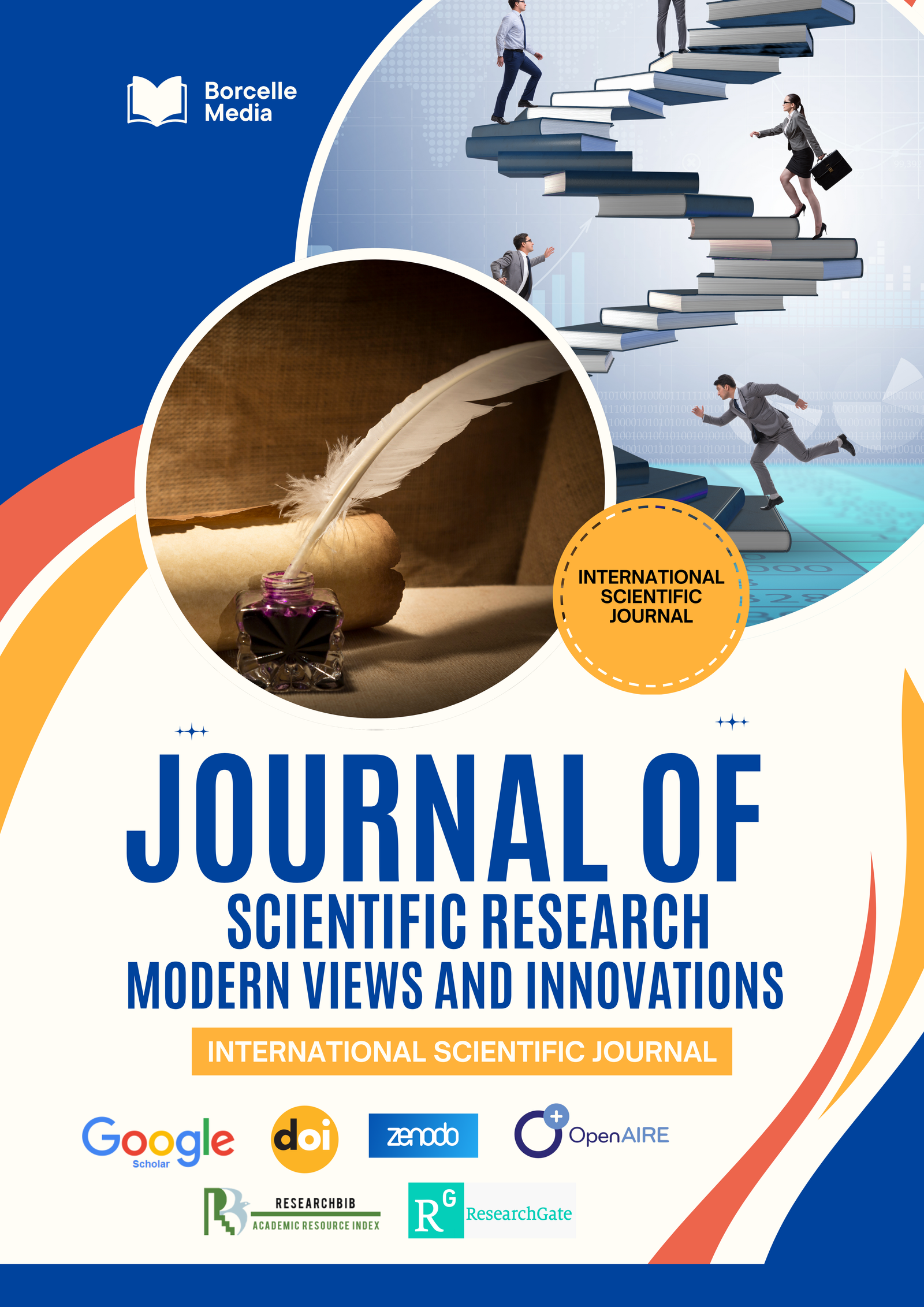ASSESSING LANGUAGE PROFICIENCY: TRADITIONAL VS. MODERN APPROACHES
Keywords:
Key Words: Language Proficiency, Traditional Assessment, Modern Assessment, Standardized Testing, Communicative Competence, Performance-Based Assessment, Technology in Language Assessment, Language Acquisition, Fluency, Grammatical Knowledge, Real-World Communication.Abstract
This paper examines the progression of language proficiency assessment techniques, contrasting traditional methods with modern approaches. Conventional methods, like standardized testing and written examinations, primarily concentrated on grammatical skills, vocabulary, and reading understanding. These assessments often prioritized memorization and a formal evaluation of linguistic knowledge. In contrast, current strategies for assessing language proficiency have transitioned to more dynamic and comprehensive approaches. These encompass communicative competence, performance-based evaluations, and the incorporation of technology, such as computer-assisted language assessments and applications that monitor language learning in real-time. Contemporary methods focus on practical usage, fluency, and cultural context, striving to evaluate not just the capability to use language in genuine situations but also to measure learners' involvement and adaptability skills.
The paper additionally explores the consequences of these changes, contemplating how combining communicative and performance-oriented assessments could yield a more holistic view of language proficiency. It also tackles obstacles such as the dependability and scalability of emerging evaluation tools, alongside concerns regarding equity and accessibility in the modern digital landscape. Ultimately, the paper advocates for a balanced strategy, wherein traditional assessment methods are modified and combined with innovative approaches to deliver a more precise and equitable depiction of a learner’s language skills. This hybrid method aims to meet the increasing demand for language proficiency that is not only academically robust but also pertinent to everyday communicative situations.
References
1. Bachman, L. (2004). Statistical analyses for language assessment. Cambridge University Press.
2. Chomsky, N. (1965). Aspects of the theory of syntax. MIT Press.
3. Larsen-Freeman, D. (2000). Techniques and principles in language teaching (2nd ed.). Oxford University Press.
4. Pearson. (n.d.). Versant [Language proficiency test]. https://www.pearson.com
5. TOEFL. (n.d.). TOEFL test [Language proficiency test]. https://www.ets.org/toefl
6. Duolingo. (n.d.). Duolingo English Test [Language proficiency test]. https://www.duolingo.com





